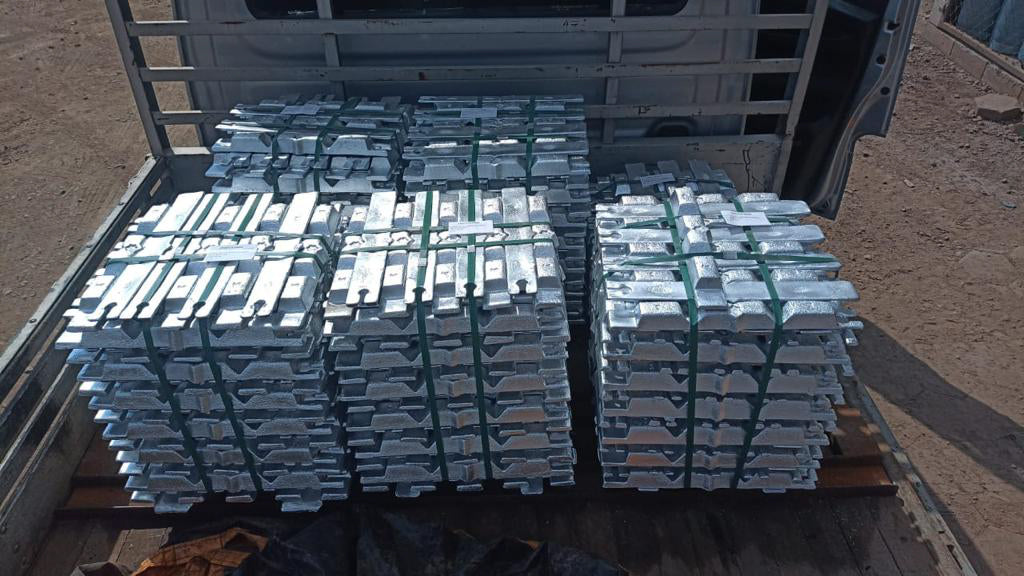Collection of scrap metal: the first step is the collection of scrap metal, which can be done through various methods, such as purchasing scrap from industries, demolition companies, scrap dealers, or even receiving scrap donations from individuals.
Separation and classification: After collection, metal scraps are taken to a separation and classification area. In this process, scrap is separated by type of metal, such as zinc, copper and magnesium, to facilitate the recycling process.
Crushing and fragmentation: The metal scraps then go through a crushing and fragmentation process, using equipment such as crushers and mills. This process reduces scrap to a size more suitable for the next stages.
Magnetic separation: After crushing, magnetic separation is performed. This process uses magnets to separate ferrous metals, such as steel, from non-ferrous metals, such as zinc, copper and magnesium. This separation is important, as ferrous metals have different properties and are recycled separately.
Melting and refining: Non-ferrous metals, such as zinc, copper and magnesium, are taken to a smelting furnace. In this process, scrap is heated to high temperatures until it becomes liquid. During fusion, it is possible to remove impurities and refine the metal, ensuring greater purity.
Ingot mold: After melting and refining, the liquid metal is poured into special molds called ingot molds. These molds have a rectangular or cylindrical shape and allow the metal to solidify into a standardized shape, facilitating storage, transportation and future use.
Cooling and finishing: Ingots are left to cool and completely solidify in the molds. After this process, they are removed from the molds and go through a finishing stage, which involves removing burrs or external imperfections.
Storage and sale: The zinc, copper and magnesium ingots are then stored in an appropriate location, such as a warehouse or stockroom, until they are sold to industries and companies that use these metals as raw materials in their production processes.
Recycling and reuse: When industries purchase metal ingots from the Kaizen company, they can be used as raw materials for the manufacture of various products, such as automotive parts, electrical wires, tubes, electronic components,
Recycling and reuse (continued): Metal ingots acquired by industries are used as raw materials for the manufacture of various products. These products can be reused in a wide range of industrial sectors, such as construction, electronics, automotive, among others.
Proper waste disposal: Throughout the recycling process, it is important to highlight the importance of proper disposal of the waste generated. Unusable waste, such as slag or contaminated materials, must be treated and disposed of safely and in accordance with current environmental regulations.
The Kaizen company plays a fundamental role in this cycle, being responsible for collecting, separating, melting and transforming metal scrap into zinc, copper and magnesium ingots. Recycling these metals provides significant benefits, such as reducing the extraction of ores, saving energy and natural resources, in addition to reducing the environmental impact caused by mining and primary production of these metals.
Through this complete recycling cycle, the Kaizen company contributes to the preservation of natural resources, the reduction of pollution and the promotion of sustainability, while at the same time providing quality raw materials to industries that require these metals in their processes. of production.

